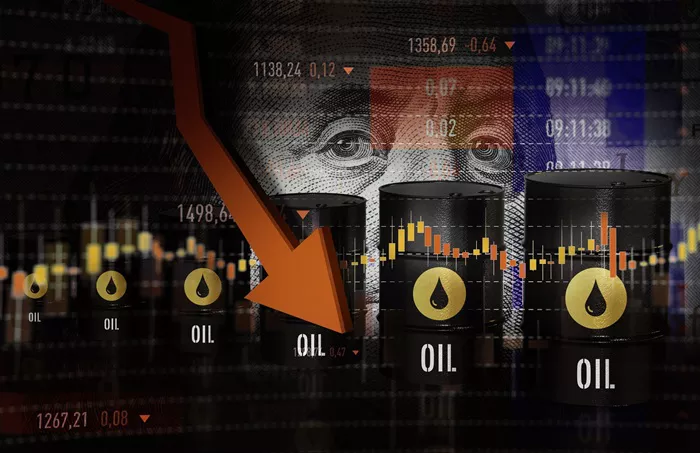Oil prices steadied following a significant drop of approximately 6% on Monday, marking the largest decline in over two years. Market participants are now focusing on the potential for reduced hostilities in the Middle East, as well as upcoming US economic data. Brent crude rose slightly, hovering around $72 per barrel, while West Texas Intermediate (WTI) remained below $68.
Israel has indicated a willingness to consider a short truce in Gaza in exchange for the release of a limited number of hostages, following a retaliatory strike against Iran over the weekend that did not impact the OPEC producer’s oil infrastructure.
The sharp decline in oil prices on Monday came just before a critical period for the global oil market, with an impending US presidential election and the OPEC+ alliance planning to gradually unwind its voluntary production cuts starting in December.
Recent developments in the Middle East have diminished the previously established war premium on oil prices, shifting the focus back to weaker market fundamentals, particularly sluggish demand growth in China and an ample supply of crude. Traders are closely monitoring a variety of US economic data set to be released this week, including indicators on growth and employment, which could provide insight into future monetary policy direction.
Chris Weston, head of research at Pepperstone Group Ltd. in Melbourne, noted that “with the prospects of Iranian oil facilities being left out of Israel’s military plans, fundamental supply-demand balances are becoming more influential again as a near-term price driver.”
Additionally, a decline in risk sentiment is evident as the premium for bullish oil call options over bearish puts has narrowed significantly. A measure of implied volatility for Brent crude also dropped to its lowest level in a month, signaling reduced uncertainty in the market.
Related topics:


